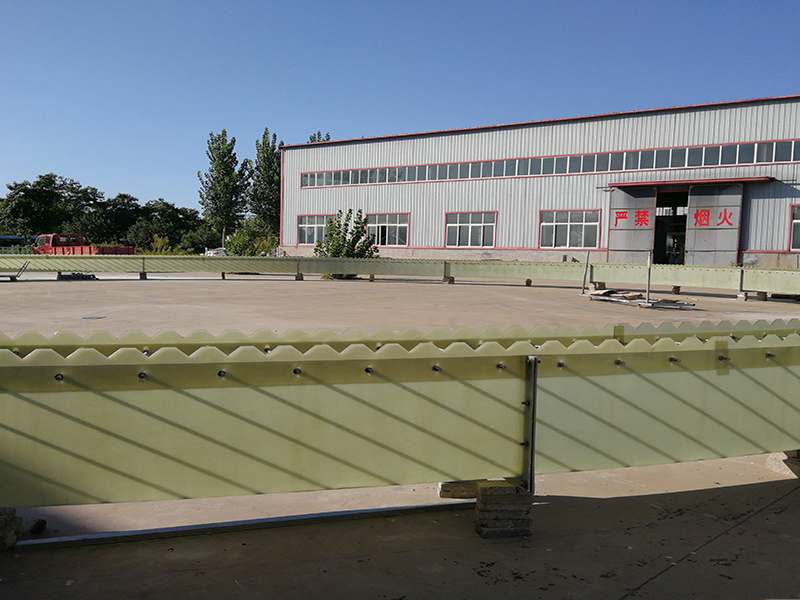
-
 Afrikaans
Afrikaans -
 Albanian
Albanian -
 Amharic
Amharic -
 Arabic
Arabic -
 Armenian
Armenian -
 Azerbaijani
Azerbaijani -
 Basque
Basque -
 Belarusian
Belarusian -
 Bengali
Bengali -
 Bosnian
Bosnian -
 Bulgarian
Bulgarian -
 Catalan
Catalan -
 Cebuano
Cebuano -
 China
China -
 China (Taiwan)
China (Taiwan) -
 Corsican
Corsican -
 Croatian
Croatian -
 Czech
Czech -
 Danish
Danish -
 Dutch
Dutch -
 English
English -
 Esperanto
Esperanto -
 Estonian
Estonian -
 Finnish
Finnish -
 French
French -
 Frisian
Frisian -
 Galician
Galician -
 Georgian
Georgian -
 German
German -
 Greek
Greek -
 Gujarati
Gujarati -
 Haitian Creole
Haitian Creole -
 hausa
hausa -
 hawaiian
hawaiian -
 Hebrew
Hebrew -
 Hindi
Hindi -
 Miao
Miao -
 Hungarian
Hungarian -
 Icelandic
Icelandic -
 igbo
igbo -
 Indonesian
Indonesian -
 irish
irish -
 Italian
Italian -
 Japanese
Japanese -
 Javanese
Javanese -
 Kannada
Kannada -
 kazakh
kazakh -
 Khmer
Khmer -
 Rwandese
Rwandese -
 Korean
Korean -
 Kurdish
Kurdish -
 Kyrgyz
Kyrgyz -
 Lao
Lao -
 Latin
Latin -
 Latvian
Latvian -
 Lithuanian
Lithuanian -
 Luxembourgish
Luxembourgish -
 Macedonian
Macedonian -
 Malgashi
Malgashi -
 Malay
Malay -
 Malayalam
Malayalam -
 Maltese
Maltese -
 Maori
Maori -
 Marathi
Marathi -
 Mongolian
Mongolian -
 Myanmar
Myanmar -
 Nepali
Nepali -
 Norwegian
Norwegian -
 Norwegian
Norwegian -
 Occitan
Occitan -
 Pashto
Pashto -
 Persian
Persian -
 Polish
Polish -
 Portuguese
Portuguese -
 Punjabi
Punjabi -
 Romanian
Romanian -
 Russian
Russian -
 Samoan
Samoan -
 Scottish Gaelic
Scottish Gaelic -
 Serbian
Serbian -
 Sesotho
Sesotho -
 Shona
Shona -
 Sindhi
Sindhi -
 Sinhala
Sinhala -
 Slovak
Slovak -
 Slovenian
Slovenian -
 Somali
Somali -
 Spanish
Spanish -
 Sundanese
Sundanese -
 Swahili
Swahili -
 Swedish
Swedish -
 Tagalog
Tagalog -
 Tajik
Tajik -
 Tamil
Tamil -
 Tatar
Tatar -
 Telugu
Telugu -
 Thai
Thai -
 Turkish
Turkish -
 Turkmen
Turkmen -
 Ukrainian
Ukrainian -
 Urdu
Urdu -
 Uighur
Uighur -
 Uzbek
Uzbek -
 Vietnamese
Vietnamese -
 Welsh
Welsh -
 Bantu
Bantu -
 Yiddish
Yiddish -
 Yoruba
Yoruba -
 Zulu
Zulu
frp sheet
Understanding FRP Sheets Properties and Applications
Fiber Reinforced Polymer (FRP) sheets are composite materials that have gained significant attention across various industries due to their unique properties and versatility. Essentially, FRP sheets are made from a polymer matrix reinforced with fibers, which could be glass, carbon, or aramid. This combination imbues the sheets with outstanding mechanical properties, making them an excellent choice for a wide range of applications.
Understanding FRP Sheets Properties and Applications
In the construction sector, FRP sheets are increasingly used for structural reinforcement. They can be applied to strengthen existing concrete structures, such as bridges and buildings, without adding excessive weight. This makes them an ideal solution for improving the durability and longevity of structures subjected to heavy loads or environmental stressors. Additionally, their resistance to chemicals and moisture further enhances the lifespan of these constructions.
frp sheet

In the automotive field, manufacturers utilize FRP sheets to produce lightweight components that improve vehicle fuel efficiency and performance. These materials are used in body panels, structural elements, and interior finishes, demonstrating versatility and functionality. Furthermore, FRP sheets play a crucial role in electrical applications due to their insulating properties, making them suitable for components such as enclosures and panels.
As technology continues to advance, the processes used to produce FRP sheets become more refined, leading to enhanced performance characteristics. Innovations in manufacturing techniques allow for tailored properties, enabling engineers to customize FRP materials for specific applications. Consequently, the demand for FRP sheets is expected to grow, with ongoing research exploring their potential in emerging fields such as renewable energy and biomedical applications.
In conclusion, FRP sheets represent a groundbreaking advancement in material science. Their unique combination of strength, lightweight properties, and durability positions them as a preferred choice across various industries, paving the way for future innovations and applications.









